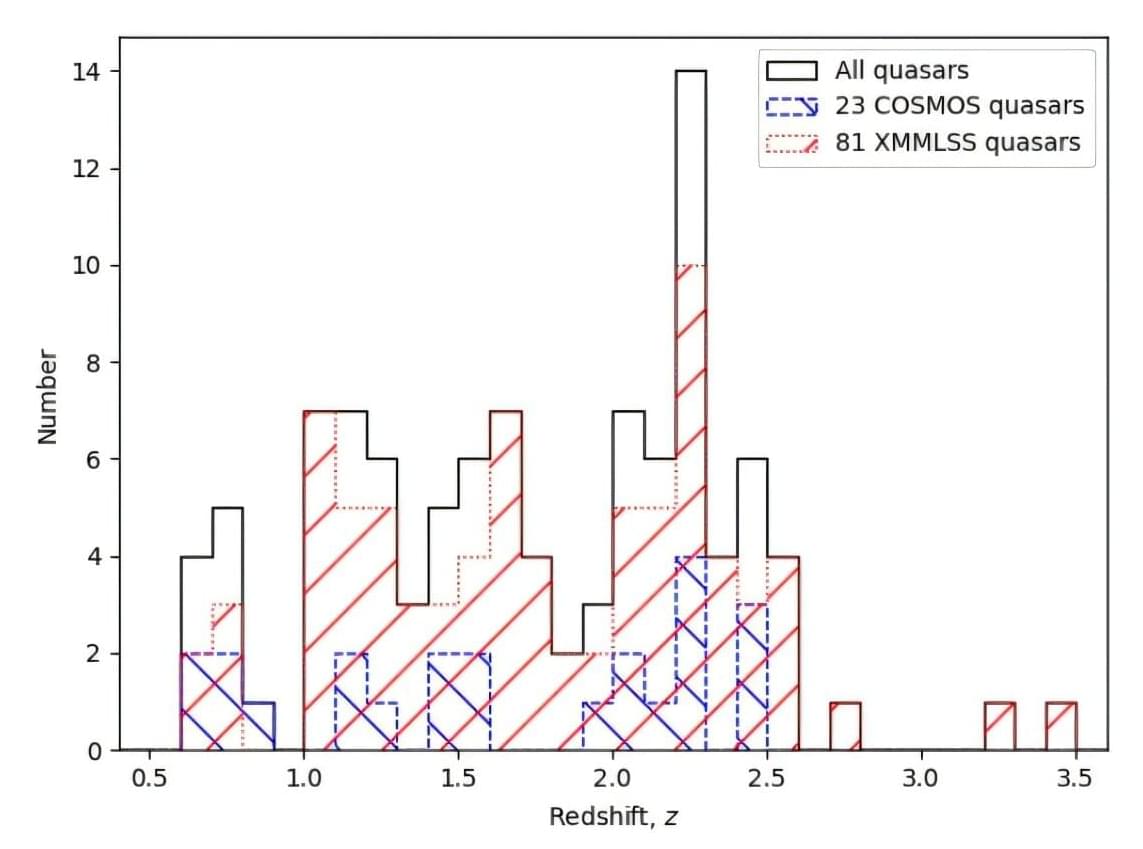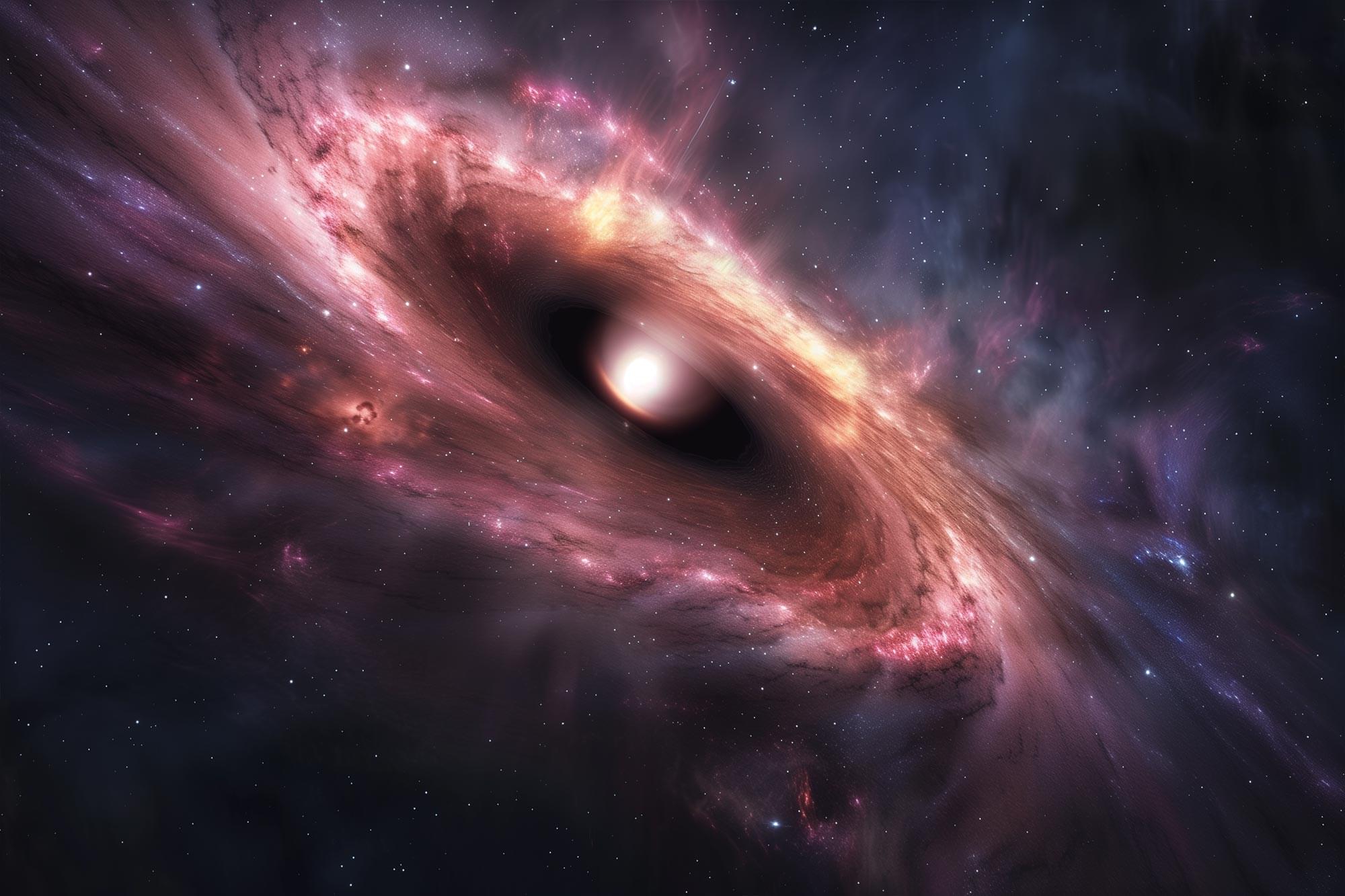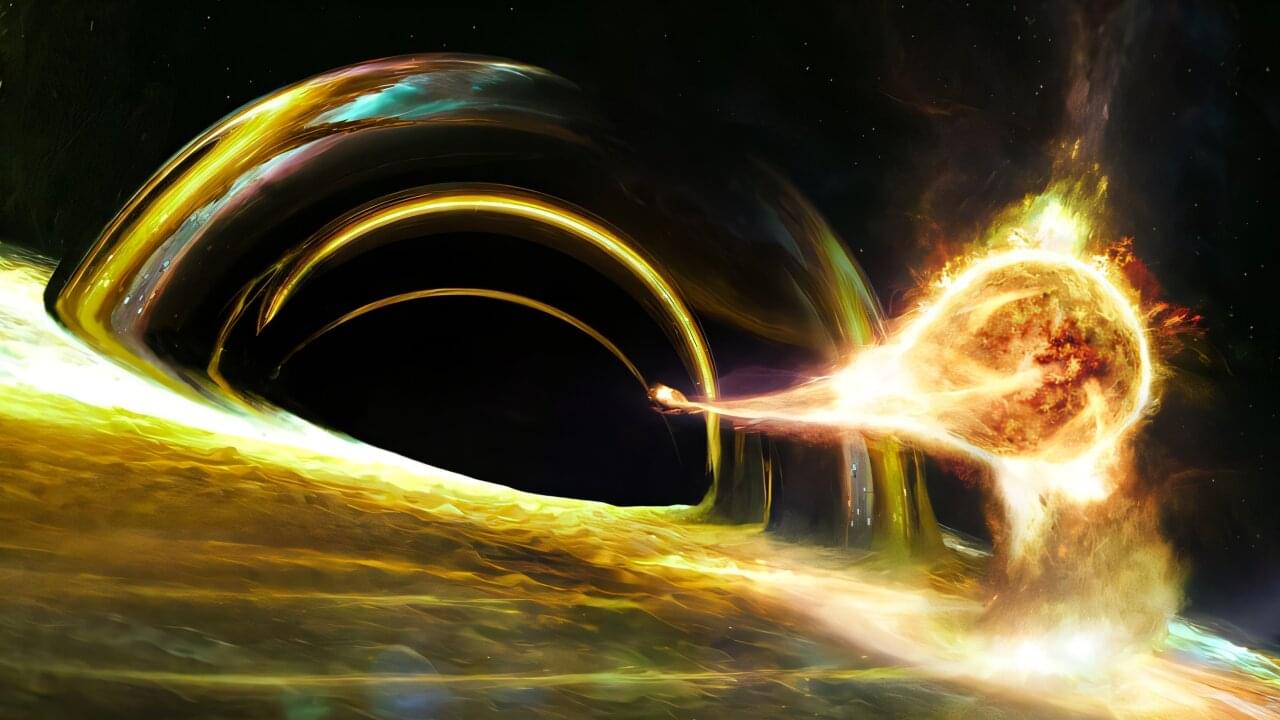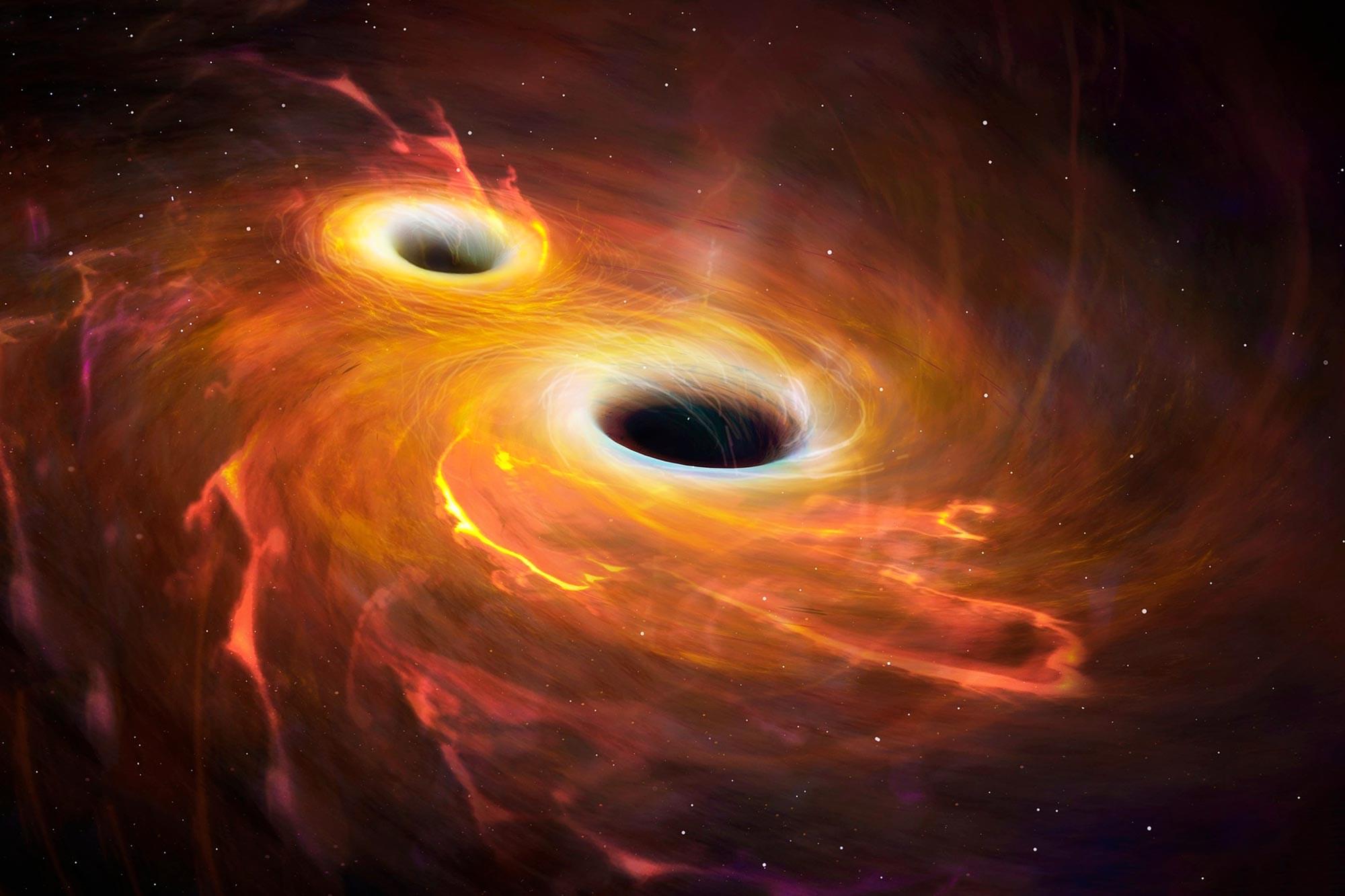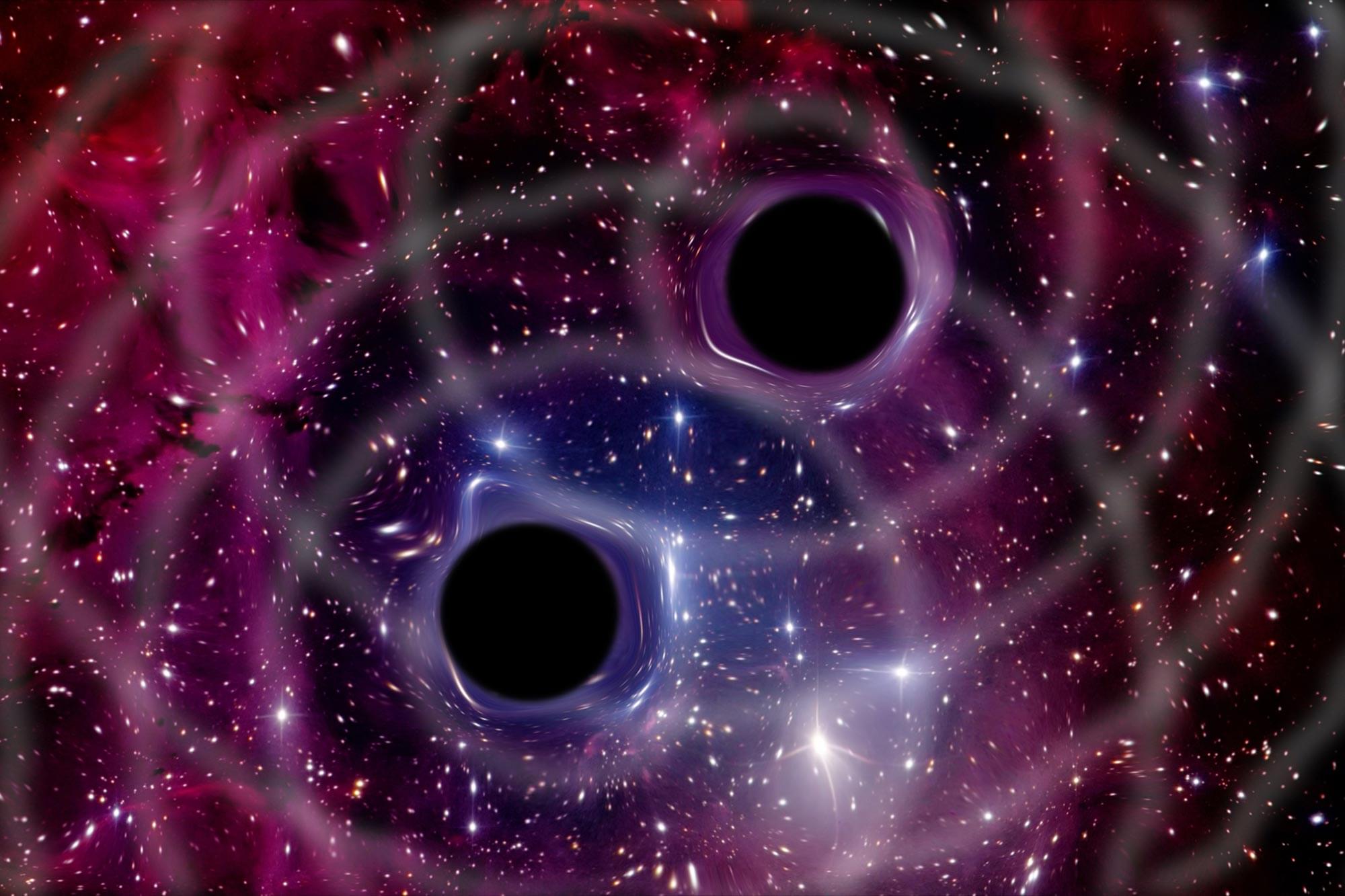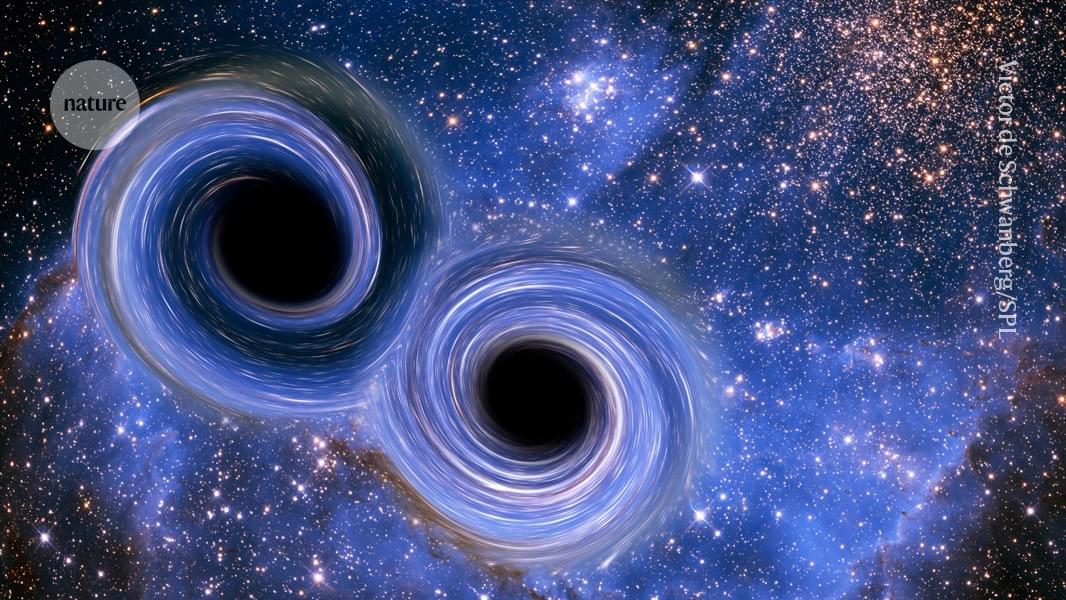A team of astronomers from Rhodes University and elsewhere have investigated a sample of 104 quasars detected with the MeerKAT International GHz Tiered Extragalactic Exploration (MIGHTEE) survey. The new study, published July 16 on the pre-print server arXiv, could help us advance our knowledge about quasars and their properties.
Quasars, or quasi-stellar objects (QSOs), are among the brightest and most distant objects in the known universe, and serve as fundamental tools for numerous studies in astrophysics as well as cosmology.
In general, they are active galactic nuclei (AGN) of very high luminosity, emitting electromagnetic radiation observable in radio, infrared, visible, ultraviolet and X-ray wavelengths.
